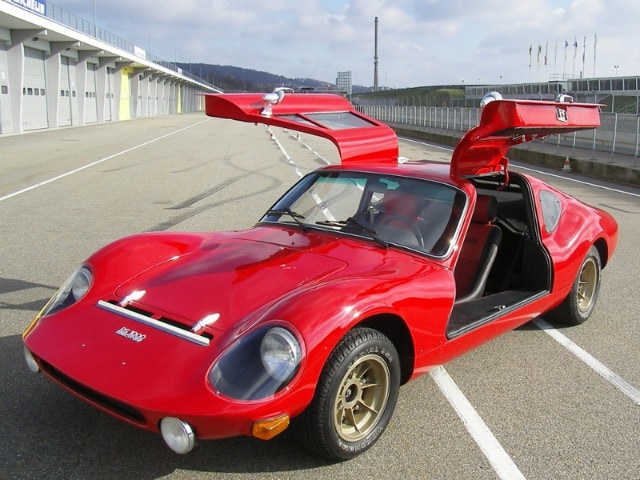The iconic shape of a classic Porsche 911, the Corvette’s long hood, a bright red Ferrari, and the iconic Lamborghini spoilers – those are the details etched in the minds of car fans around the world. The iconic sports cars that have shaped the industry for decades are now not just legendary, but also part of modern culture.
But for every recognizable and well-known shape came dozens of rare, unknown, and obscure sports cars that tried to become popular, but failed for one reason (or several). Those are the cars featured on this list. They are rare, unloved, forgotten but somehow extremely cool and interesting models. They deserve to be remembered for their special properties. So check out 35 classic sports cars you probably didn’t know existed.

35. Melkus RS 1000
The sports car market in communist countries was extremely limited. Apart from the Skoda 110 R, there were no sports cars available. However, in East Germany, automotive engineer Heinz Melkus designed a capable and interesting sports coupe. Soon, he convinced the Wartburg factory to produce a limited number of his cars. Using the Wartburg 353 as a base, Melkus designed and fabricated an independent front and rear suspension, roll bars, and a close-ratio five-speed gearbox.

He tuned the 992 ccm engine to produce 68 HP and mounted it behind the driver. That sent its power to the rear wheels instead of the front like the standard Wartburg 353. Melkus also designed and manufactured a lightweight fiberglass body that featured a modern design and low profile. He named the car the Melkus RS 1000 and introduced it in 1969.
By 1969 standards, this was an extremely advanced sports car. Yet it was underpowered with just 68 HP on tap. They ended production in 1979 after making only 101 cars. The Melkus RS 1000 was extremely expensive by East European standards, which explains its limited production. Most race teams bought the Melkus RS 1000 to race in local championships.
